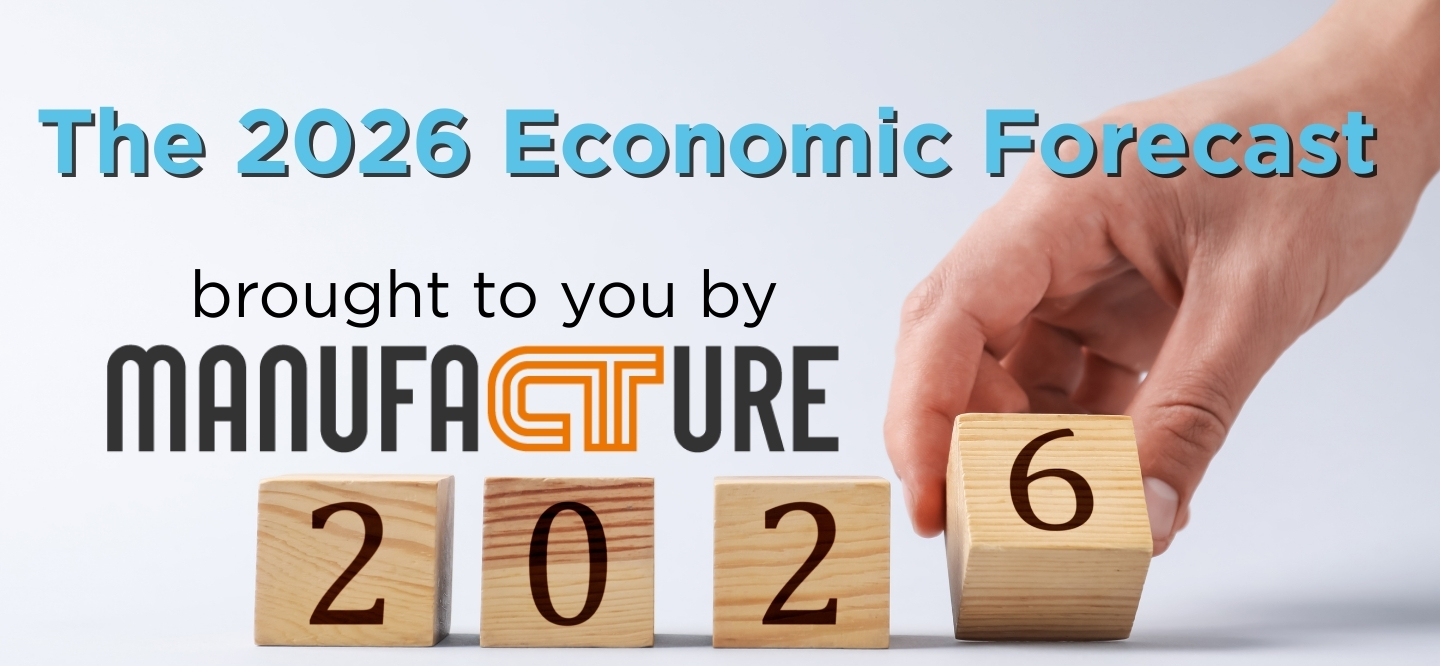MCT’s Economic Forecast 2026: Powering Up Profits for Connecticut Manufacturers
Connecticut manufacturers are stepping into 2026 as the economic landscape continues to shift at an unprecedented pace. Persistent labor shortages, elevated inflation, evolving tax and trade policy, and ongoing global disruptions are reshaping how manufacturers plan, invest, and compete. In this environment, success depends not on reacting to change, but on anticipating it—with clarity, strategy, and adaptability.
Join Us for a Festive STEM Toys for Tots Holiday Party at the New Haven Lawn Club
Twinkling lights. Holly. Red bows. Good cheer and good food. These familiar signs of the season will all come together on Thursday, December 11, 2025, as ManufactureCT hosts its annual STEM Toys for Tots Holiday Party at the beautifully decorated New Haven Lawn Club. Each year, this celebration brings together Connecticut’s manufacturing community to reflect on the year, reconnect with peers, and enjoy an evening of warmth and camaraderie in one of the region’s most elegant settings. It’s a chance to slow down, share good company, and appreciate the strength and resilience of our sector.



